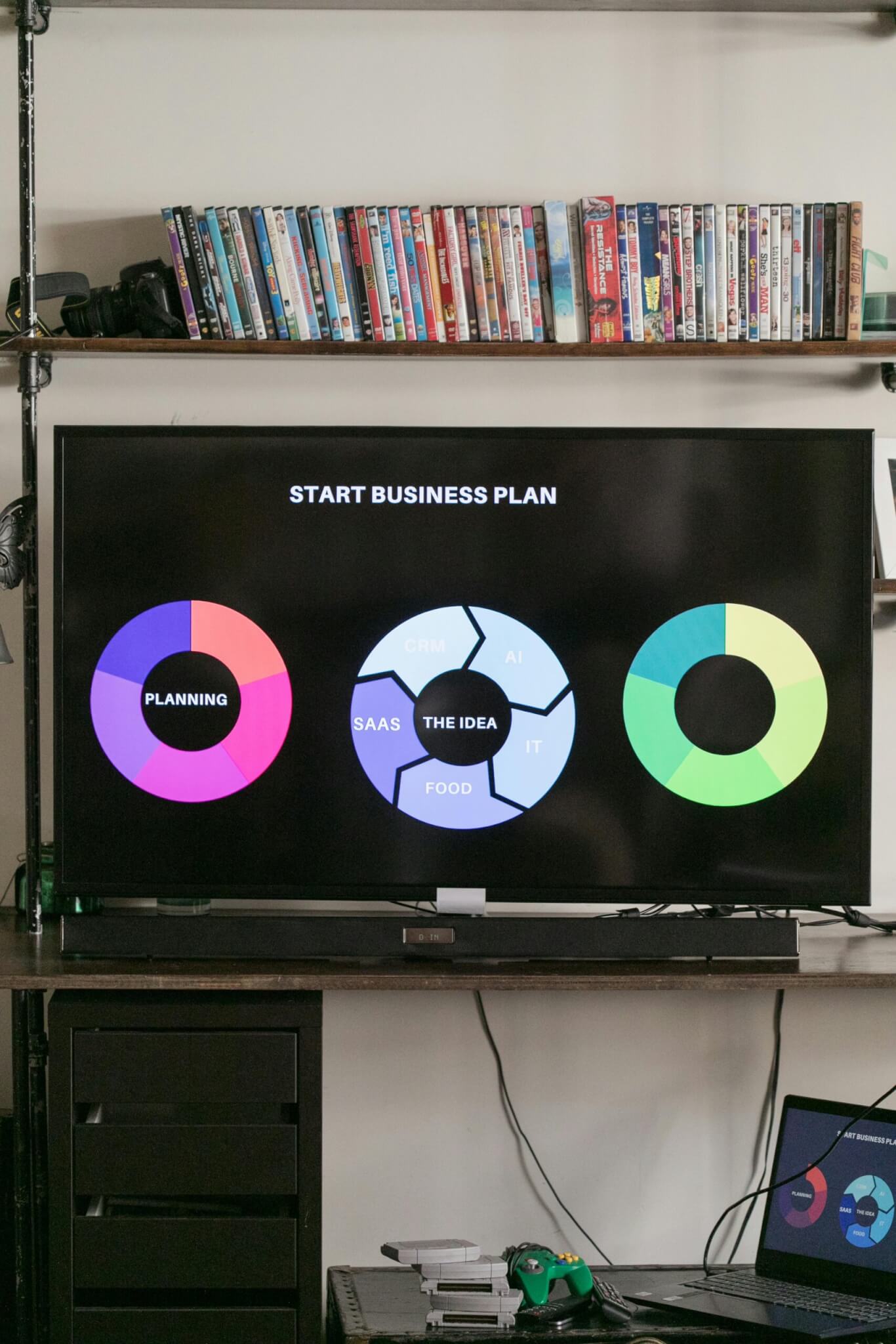Jun 18, 2025
5 min read
What Is a Personal Guarantee for a Business Loan?
A personal guarantee is a legally binding promise made by a...
Read story

Running a small business means keeping a close eye on your expenses. Rising costs, shifting markets, and tight profit margins can make it tough to stay ahead. The key to long-term success is finding smart, practical ways to save money without sacrificing the quality of your products or services.
In this article, we’ll share 15 proven strategies to help your small business cut costs. These tips are straightforward and easy to put into action. Some offer quick wins, while others set you up for lasting savings.
One of the fastest ways to improve your cash flow is by refinancing high-interest debt. If your business carries loans or lines of credit with steep rates, you could be spending more on interest than necessary.
Refinancing lets you replace that debt with a new loan at a lower rate or with better terms. This reduces your monthly payments and frees up cash for other areas of your business. Depending on your credit and lender, refinancing can save you thousands over the life of a loan.
Example: If you’re paying off an equipment loan or working capital loan with a double-digit interest rate, refinancing through a lender like SBG Funding could lower your rate and reduce your overall costs.
Office space is one of the biggest expenses for small businesses. Shifting to a remote or hybrid work model can significantly cut costs by reducing the need for large office spaces, utilities, and in-office supplies.
Many businesses find that remote work lowers overhead while improving productivity and employee satisfaction. Even if going fully remote isn’t an option, a hybrid approach where employees split time between home and the office can still reduce expenses.
Example: Switching from a dedicated office to a shared co-working space or downsizing your current office can lead to major savings on rent and utilities.
Manual tasks like invoicing, payroll, scheduling, and data entry can waste valuable time and lead to costly errors. Automating these processes saves time and reduces overhead by improving efficiency.
There are affordable software tools that handle everything from sending invoices to managing employee schedules. With routine tasks off their plate, your team can focus on work that drives your business forward.
Example: Tools like QuickBooks for bookkeeping or Gusto for payroll help streamline operations and minimize human error.
Don’t take your current vendor contracts at face value. Many suppliers are open to renegotiating terms, especially if you’ve been a long-time customer or are willing to commit to larger orders. Even small discounts or extended payment terms can add up to significant savings over time.
It pays to shop around occasionally and compare rates. Use competing offers as leverage to secure better pricing, bulk discounts, or more favorable payment schedules.
Example: If you rely on a software subscription or raw materials supplier, reach out to discuss potential discounts or improved terms. Vendors often prefer to retain customers at a lower rate than lose them entirely.
Subscription services can quietly drain your budget if left unchecked. From software tools to marketing platforms, it’s easy to accumulate subscriptions you no longer use or need.
Conduct a regular audit of all your recurring expenses. Identify tools that overlap in functionality, are underused, or no longer align with your business needs. Cancel or downgrade these services to keep costs in check.
Example: If you’re paying for multiple project management tools but only actively use one, cutting the extras can immediately lower your monthly expenses.
Taxes can take a big bite out of your profits, but smart use of deductions and credits can help you keep more of what you earn. Many small business owners overlook valuable tax breaks that could significantly lower their tax bill.
Common deductions include expenses for home offices, equipment purchases, vehicle use, and business-related travel. Beyond deductions, certain tax credits—like the Research and Development (R&D) credit or credits for energy-efficient upgrades—can offer additional savings.
Example: If you purchased new equipment for your business, Section 179 of the tax code allows you to deduct the full purchase price in the year you bought it, rather than depreciating it over several years.
Hiring full-time staff for every role can quickly inflate your payroll costs. Instead, consider outsourcing non-core functions like accounting, marketing, IT support, or customer service. This approach allows you to access specialized expertise without the expense of full-time salaries and benefits.
Outsourcing can also give you flexibility. You can scale services up or down based on your needs, avoiding the fixed costs that come with in-house teams.
Example: Working with a freelance graphic designer or an outsourced bookkeeping service can cost significantly less than hiring an employee for those roles.
Upgrading to energy-efficient equipment can lower your utility bills and reduce long-term operating costs. While these upgrades might have a higher upfront cost, the savings they generate over time often make them worth the investment.
Look for ENERGY STAR-rated appliances, LED lighting, or high-efficiency HVAC systems. Some upgrades may also qualify for tax incentives or rebates, adding to your savings.
Example: Replacing older lighting with LEDs can reduce your energy consumption by up to 75%, cutting down your electricity bill each month.
Acquiring new customers is important, but it often costs significantly more than keeping the ones you already have. Focusing on customer retention can boost your revenue while reducing marketing and sales expenses.
Strengthen relationships with your current customers by offering loyalty programs, personalized communication, and consistent follow-ups. Satisfied customers are also more likely to refer others, lowering your acquisition costs even further.
Example: Implementing a simple loyalty program that rewards repeat purchases can increase customer lifetime value without the need for heavy marketing spend.
Keeping a close eye on your cash flow helps you spot problems before they become serious. Understanding when money is coming in and going out allows you to make informed decisions about expenses, investments, and growth opportunities.
Regularly reviewing your cash flow statements can help you identify patterns, such as seasonal slowdowns or unnecessary spending. This enables you to adjust your budget, renegotiate terms with vendors, or seek financing when needed.
Example: Using a simple cash flow management tool or working with your accountant to review monthly reports can ensure you always know where your business stands financially.
Many paid software tools have free or open-source alternatives that can handle the same tasks without the hefty subscription fees. Switching to these options can reduce your operating costs while still giving you access to essential features.
Evaluate the tools your business relies on and explore whether a free alternative could meet your needs. From project management to graphic design, there are cost-effective solutions for nearly every function.
Example: Instead of paying for expensive design software, tools like Canva or GIMP offer free or low-cost options for creating professional graphics.
Bartering allows you to exchange goods or services with other businesses without spending cash. This can help you get what you need while conserving your budget. It’s a useful strategy for startups or businesses looking to manage costs during slower periods.
Identify businesses in your network that offer complementary services and propose a mutually beneficial exchange.
Example: If you run a marketing agency, you could trade social media management services with a web developer who updates your website.
New equipment can be a major expense, but in many cases, buying gently used or refurbished items can save you a significant amount without compromising on quality. Many suppliers, leasing companies, or other businesses offer well-maintained equipment at a fraction of the original cost.
Before making a large purchase, check if used options are available. This applies to everything from office furniture to heavy machinery.
Example: Buying refurbished office computers or second-hand manufacturing equipment can reduce upfront costs while still meeting your operational needs.
Small changes in how you use energy can lead to noticeable savings over time. Simple adjustments, like turning off equipment when not in use, adjusting thermostats, or upgrading insulation, can reduce your utility bills without significant upfront costs.
Encouraging employees to adopt energy-conscious habits can amplify these savings. Even small shifts in daily routines can add up.
Example: Setting programmable thermostats to adjust heating and cooling based on office hours can lower your energy consumption without affecting comfort.
If you operate out of a leased space, your rent is likely one of your largest fixed expenses. Don’t hesitate to negotiate with your landlord for better terms, especially if market rates have changed or your lease is up for renewal. Many landlords are willing to offer reduced rates or flexible terms to retain reliable tenants.
If your space needs have decreased, consider downsizing or moving into a co-working space. This can cut costs while still providing access to professional amenities.
Example: Switching from a traditional office to a shared co-working environment could reduce your rent and utility costs while offering added flexibility.

Jun 18, 2025
5 min read
A personal guarantee is a legally binding promise made by a...
Read story

Jun 12, 2025
3 min read
Running a business means understanding your numbers. One of the most...
Read story

Jun 09, 2025
5 min read
Starting a business requires careful planning, and one of the most...
Read story

A funding specialist will get back to you soon.
If you can’t hang on then give us a call at (844) 284-2725 or complete your working capital application here.